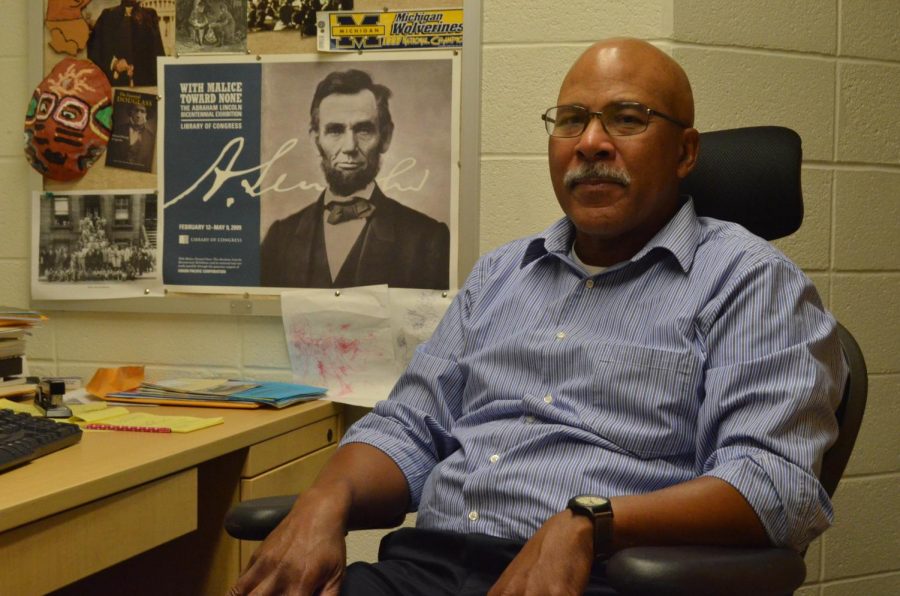Minority students call for more black faculty
November 1, 2017
Dr. Tyrone Powers, the director of AACC’s Homeland Security and Criminal Justice Institute, recalls a white student who approached him after class not long ago to tell him that he had never had a black teacher before. In fact, the student said, he didn’t know black people were competent to teach classes.
History professor Dr. Lester Brooks tells of a similar experience when he started teaching at AACC in 1982, when a white professor continually interrupted their conversation to ask Brooks if he understood some of the words being used.
Brooks, one of AACC’s first black professors, said that back then, most faculty members and students didn’t realize he was a professor because there were so few black teachers on campus.
Today, 165 of AACC’s 1,270-plus professors are black, according to Public Relations and Marketing.
But some black students and teachers agree that’s not enough.
In an informal poll of 20 black students conducted by Campus Current, all but one said there are not enough black professors on campus.
“There are definitely [black] professors here, [but] they’re not as predominant as … white professors,” Antonio Eaton, a sophomore computer-science major, said.
“I’d rather learn [subjects] from my own [race] … depending on what I’m learning, like if I’m learning African-American studies,” Darell Lamberth, a junior communications major, said.
Pharmacy major Victoria Gambrah, who has attended AACC for five years, said she has had only two black professors and would like to see more diversity among the faculty.
AACC President Dawn Lindsay told Campus Current the college is “looking at our hiring practices” and “making sure that we’re moving in the direction that our workforce reflects [our] student [body].”
Among students taking classes for credit, 2,472 are black, which is 17 percent of the total, according to Public Relations and Marketing.
Powers speculates some professors who participate on faculty search committees might have unconscious bias that leads them to hire fewer minority colleagues.
Brooks said that was true when he started working at AACC. “The committee that hired me—there was one person who didn’t particularly care for blacks and [he] really did not want me hired,” he said.
“There was certainly some resentment and some questioning about my competency. And now … I’ve been here so long I’m one of the elder veterans.”
Dr. Nicole Williams said a diverse faculty helps dispel myths that can lead to racism. She recalled an older white student who once told her that she used to hold her breath when she sat next to a black person. The woman’s mother, Williams explained, told her black people stink, so she would hold her breath so she wouldn’t smell them.
“Often racism is a result of ignorance and a lack of understanding: ‘I don’t understand you; therefore I fear you,’” said Williams. “When we are exposed to people from diverse backgrounds … those stereotypes go away.”
More than 20 years later, colleges have increased the number of non-white faculty nationwide, according to the National Center for Education Statistics.
Powers said he sometimes feels isolated during meetings and campus events when he is the only black professor in the crowd.
“Everyone wants to give the socially acceptable answer to the diversity issue of hiring more black faculty,” Powers said. “But the only issue is results, and if you don’t see it then all the trying in the world doesn’t mean much.”












